Medical Management of Lower Extremity Manifestations of Peripheral Artery Disease
- Randomized trials studying medical therapies to improve walking performance in patients with PAD have traditionally used treadmill walking performance as the primary outcome measure. Clinical trials of medical therapies in PAD have also measured changes in quality of life, patient perceived walking performance in daily life, the 6-minute walk, and other functional outcomes.
- Two medications are FDA-approved for treating claudication symptoms in people with PAD: pentoxifylline and cilostazol. Pentoxifylline, a methylxanthine derivative, was FDA-approved in 1984 for treating intermittent claudication symptoms due to PAD. Pentoxifylline lowers blood viscosity by increasing red blood cell deformability and flexibility. Cilostazol is a phosphodiesterase III inhibitor that was FDA-approved in 1999 for treating walking impairment due to intermittent claudication symptoms in patients with PAD.
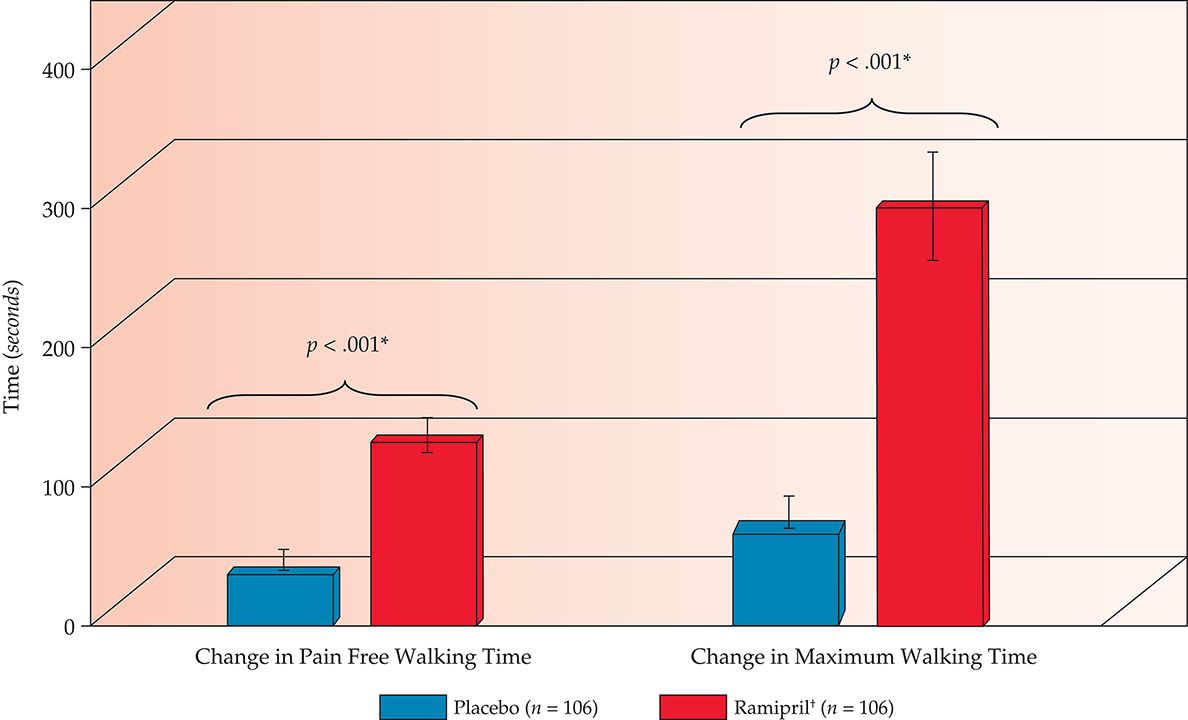
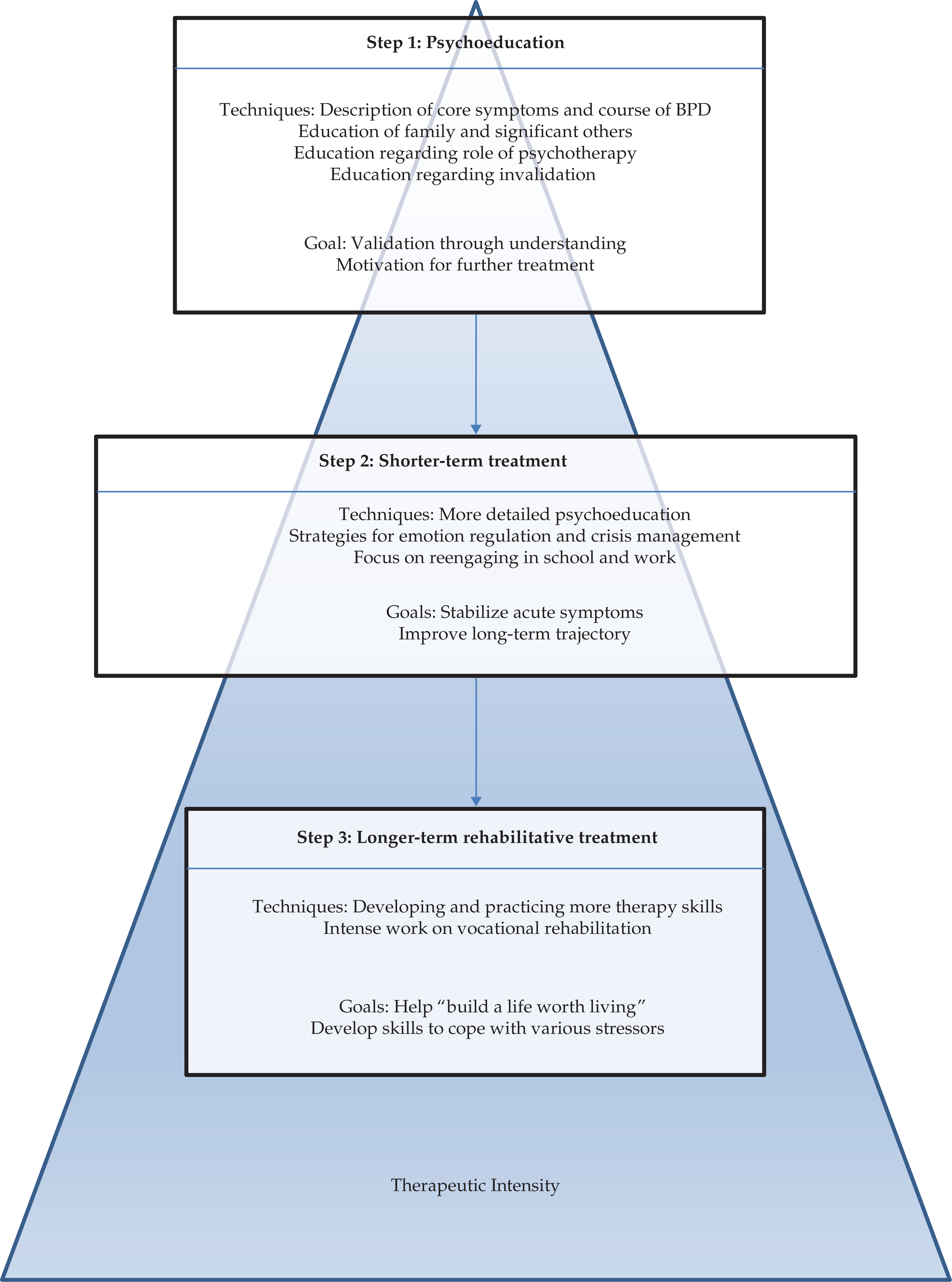
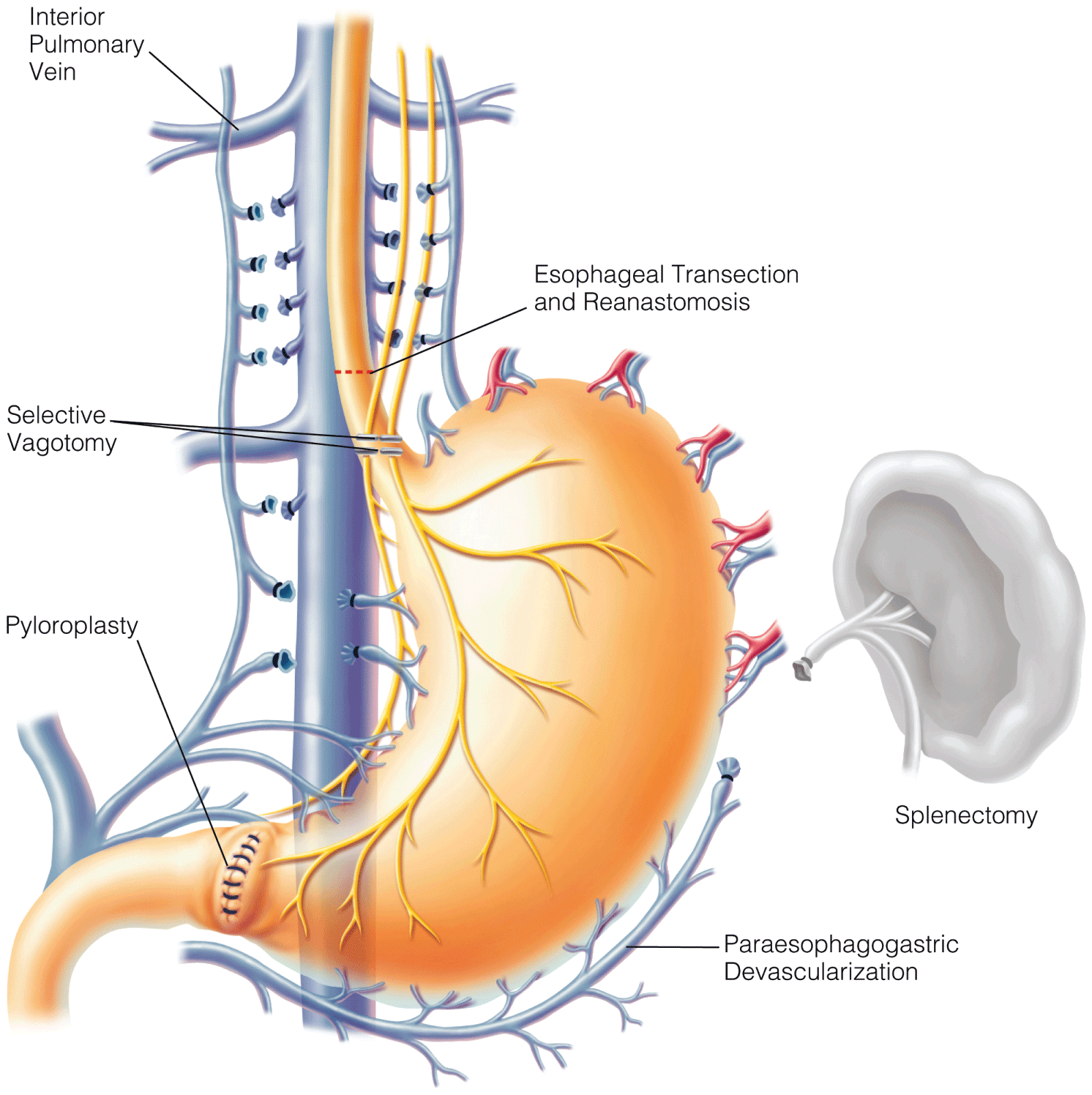
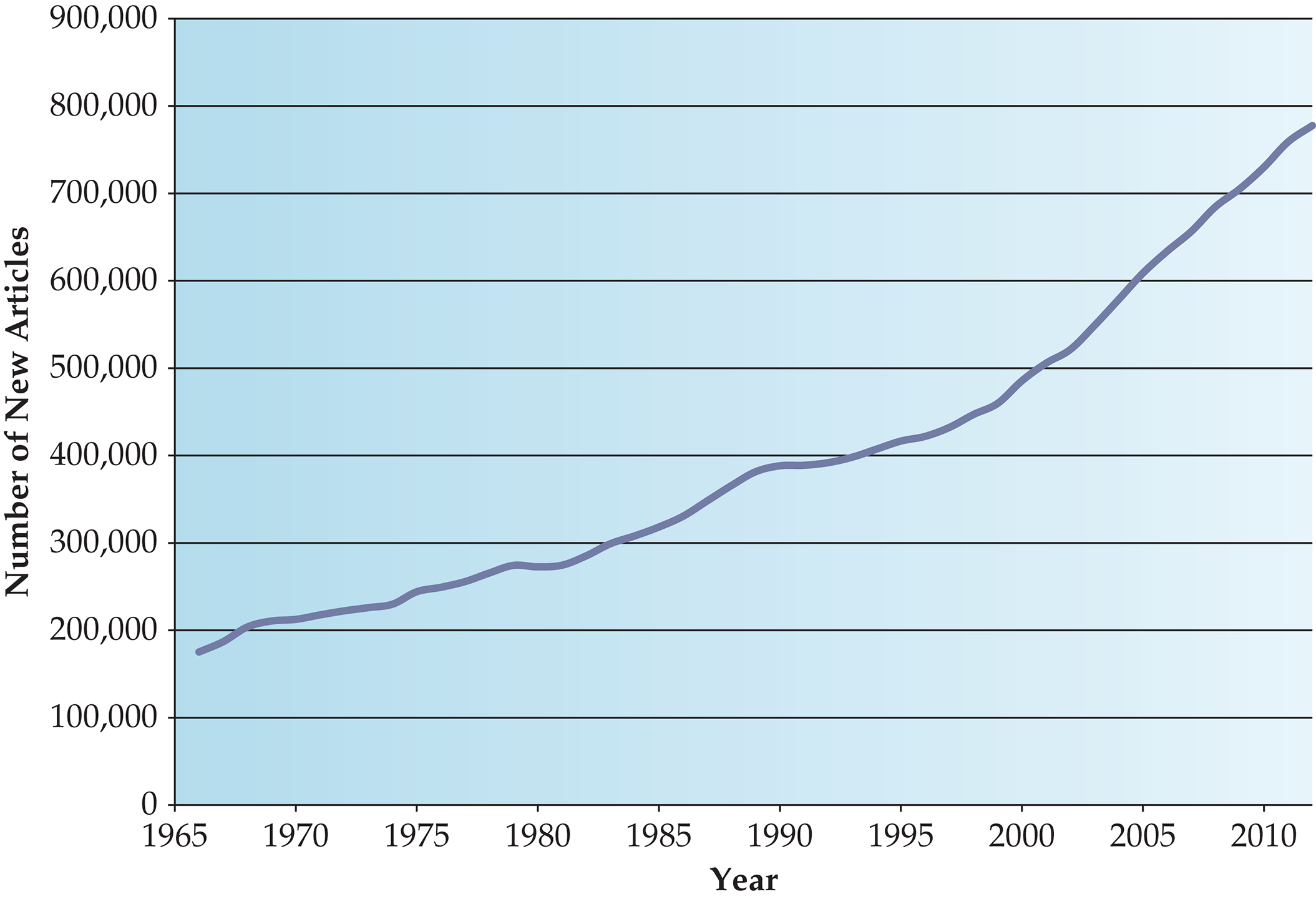
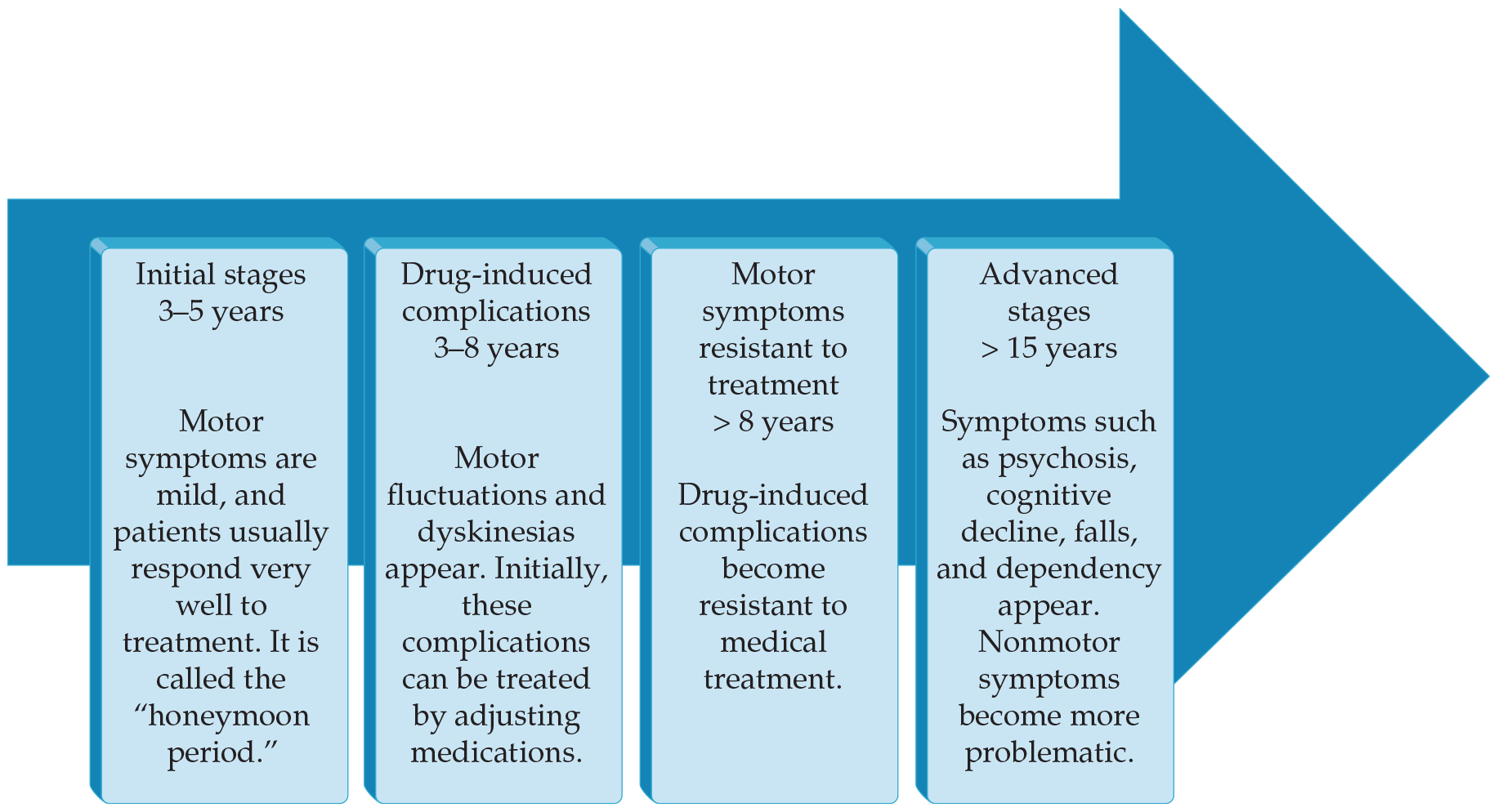


.png)







